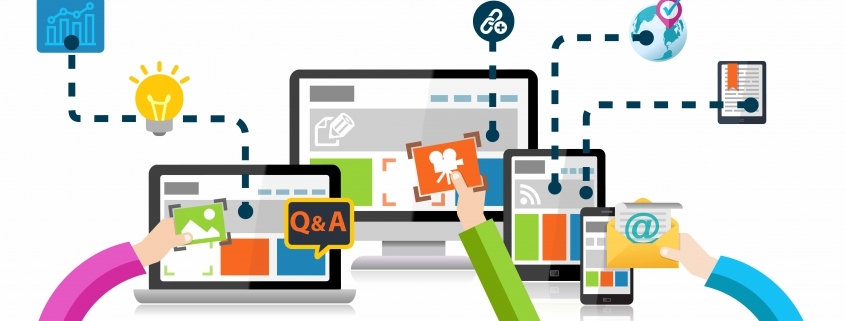3 Core Components of Successful Content Personalization
What is content personalization? Put simply, content personalization is the process of delivering the right message to the right person at the right time. Unfortunately, a content personalization strategy can be challenging to define and even more challenging to implement successfully.
According to a recent survey from Adobe, 77% of marketers report real-time personalization is crucial; however, 60% report it’s a challenge to execute.
Content personalization is more than a simple ‘yes we do it ‘or ‘no we don’t’ during your content planning sessions. Building a strategic personalization plan can be the make it or break it point in the success of your content efforts.
96% of marketers agree that personalization helps to advance customer relationships and 88% think their prospects and customers expect a personalized experience.
As marketers, we can all agree that content personalization is critical to our success, so let’s dive into 3 core components that will help ensure we get it right!
1) Buyer Personas
Strong buyer personas are a balance of art and science and designed to represent your ideal customer. The most impactful personas are based on both market research and internal data analytics. Personas should be based on—and offer visibility into—the key characteristics and features of your target segments including personality, business drivers, pain points, and motivators. The most important element to incorporate in your persona descriptions is what makes your product/service appealing and clearly defines why they should choose your company over others. Identifying unique value propositions for each of your target segments makes personas actionable and will be important as you think about your ongoing messaging and content strategy. TIP: As you think about your targets, it’s best to keep things simple and start with your top two or three personas and make sure that each target is unique enough to warrant its own personalized set of content.
2) Content Mapping
You probably already develop many content types; blog posts, infographics, webinars, videos, case studies, etc., but do you know which content your targets NEEDS based on who they are and what stage they are at in their buying decision journey? Once you understand your customers (as discussed earlier with buyer personas), you can then begin to recognize the ‘right content’ to connect with prospective buyers. Your content map will include an analysis of content topic, content type, buyer journey stage aligned with each target persona, and will illustrate all the information they need to consume to move from awareness towards purchase.
3) Content Performance
Good personalization is rooted in data however, the biggest challenges with personalization are gaining insights quickly enough (40%), having enough data (39%), and inaccurate data (38%) [i]. So now the question becomes, how do you measure the utilization and effectiveness of your content? Determining how to track, analyze, and optimize your content’s performance seems overwhelming, but fear not, there are simple ways to begin tracking performance without investing in new tools or technologies.
Start with defined metrics of want you want to track and what success means for your business (opens, CTR, etc.). Use these metrics to create a baseline for current performance. Next, inventory your existing content and map against newly defined content maps. This content audit exercise will help you identify any gaps in content generation and help better allocate your resources. Finally, building a reporting dashboard to track the performance of every content asset you publish against your defined success metrics will provide real-time visibility into performance and set the stage for on-going optimization. Interested in getting into detail on content optimization? Read through our 6 Step Framework for Marketing Content Optimization.
At the end of the day, content personalization is REQUIRED to meet and exceed our customers’ expectations, but it doesn’t have to be complicated.
Keep it simple…
- Start with a defined audience (buyer personas)
- Align your existing content (content map)
- And measure results (content performance), evolving your personalization strategy over time.
[i] Marketing Charts: What Are Personalization’s Biggest Challenges and Opportunities?





